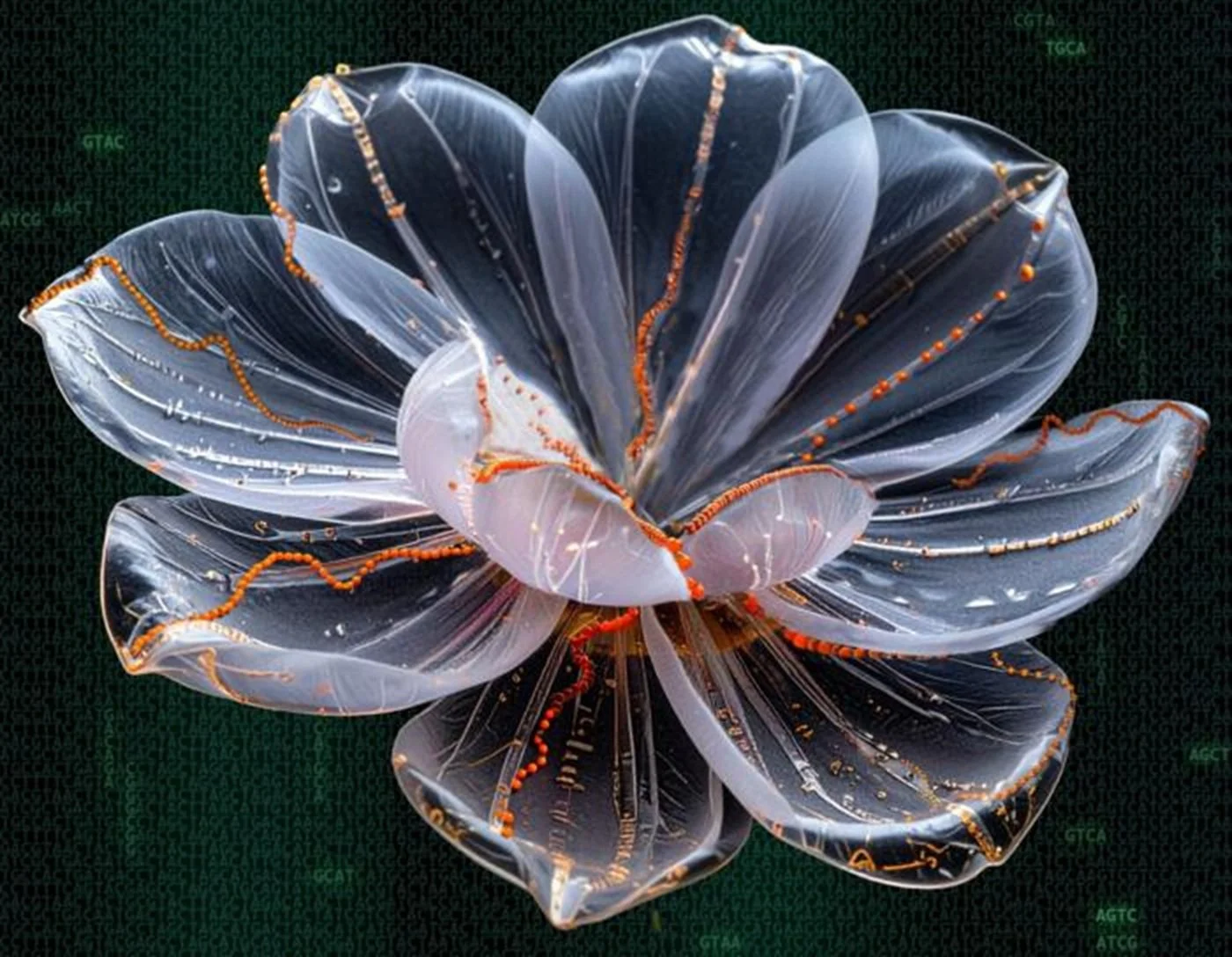Long live scientific innovation!
An international team of scientists has developed a promising new transparent top layer for solar cells.
An early prototype showed very promising results and TU Delft researchers have now confirmed its effectiveness by way of state-of-the-art optical simulations. We are getting close to the practical limit of what is possible with affordable materials.
Image Credit: Nguyen Quang Ngoc Tonkin / HDR tune by Universal-Sci
Most solar panels that we use nowadays are made of crystalline silicon. It is comparatively affordable while simultaneously possessing the capacity to convert a relatively large amount of sunlight into electricity.
Although scientists are also looking into different materials from which to make solar panels, those are usually much more expensive. Therefore, it pays off to improve existing solar cell technology—increasing efficiency without raising costs.
Fundamental limits of solar technology
When developing solar cells, you are, of course, bound by the fundamental limit of what is physically possible. Theoretically, a solar conversion efficiency of about 33% should be within the realm of possibilities under normal sunlight conditions. This limit is known as the 'Shockley–Queisser limit.'
Above mentioned levels of effectiveness are not possible with solar cells based on materials fit for mass production. Solar cells made from common materials (silicon) could reach a maximum conversion rate of about 27%. Conventional panels are far from perfect as of yet and currently reach approximately 20%.
Amazingly scientists are getting very close to that 27% figure using a newly developed transparent material based on nanocrystals that serves as a top layer for conventional solar cells. They published their findings in the science journal Nature Energy.
An increase in solar panel efficiency can have a major impact on a global scale - Image Credit: crystal51 via Shutterstock / HDR tune by Universal-Sci
Utilizing a scalable production process that is well established, the leading researchers from Forschungszentrum Jülich in Germany designed a top layer comprised of silicon nanocrystals that combines three essential properties.
Three essential properties to improve solar cell efficiency
Almost all incremental improvements for solar cell top layers have been based on three essential properties: Transparency, conductivity, and passivation.
Transparency is a crucial property because you want as much sunlight as possible to reach the semiconductor layer of the solar panel. This layer is responsible for converting the Sun's energy into usable electricity.
It is also vital to have excellent conductivity, allowing generated charge to be transported in an efficient manner toward the solar cell's electrical contacts. If your conductivity is higher, you lose less energy in the process. It is all about minimizing loss.
Last but not least solar cells' top layers need to perform well at a very particular property known as passivation, which means that the layer reduces the recombination of negative and positive charge carriers within the solar cell as much as possible.
Reaching the real-world limits of solar cell efficiency
The research team has already developed some prototypes based on their new technology. In tests, it reached an efficiency of nearly 24%, which is closer to the practical maximum we discussed earlier.
Image Credit:FrameStockFootages via Shutterstock / HDR tune by Universal-Sci
According to Rudi Santbergen, a specialist in photovoltaic materials at Delft University of Technology and one of the authors of the paper, these results rival the best silicon cells produced in laboratories worldwide.
Santbergen was one of the researchers responsible for validating the solar cells and testing their limits using state-of-the-art optical simulations. Santbergen: 'Our simulations show exactly where in the device losses occur and how large these losses are.'
It turns out that the newly developed top layer could ultimately reach an incredible solar cell efficiency 26%, which brings it exceptionally close to the aforementioned practical, real-world limit of 27%.
All things considered, scientific innovation has brought us a functional improvement for solar panel technology, promising to make solar energy more affordable yet again!
Sources and further reading:
If you enjoy our selection of content, consider subscribing to our newsletter (Universal-Sci Weekly)
FEATURED ARTICLES:













